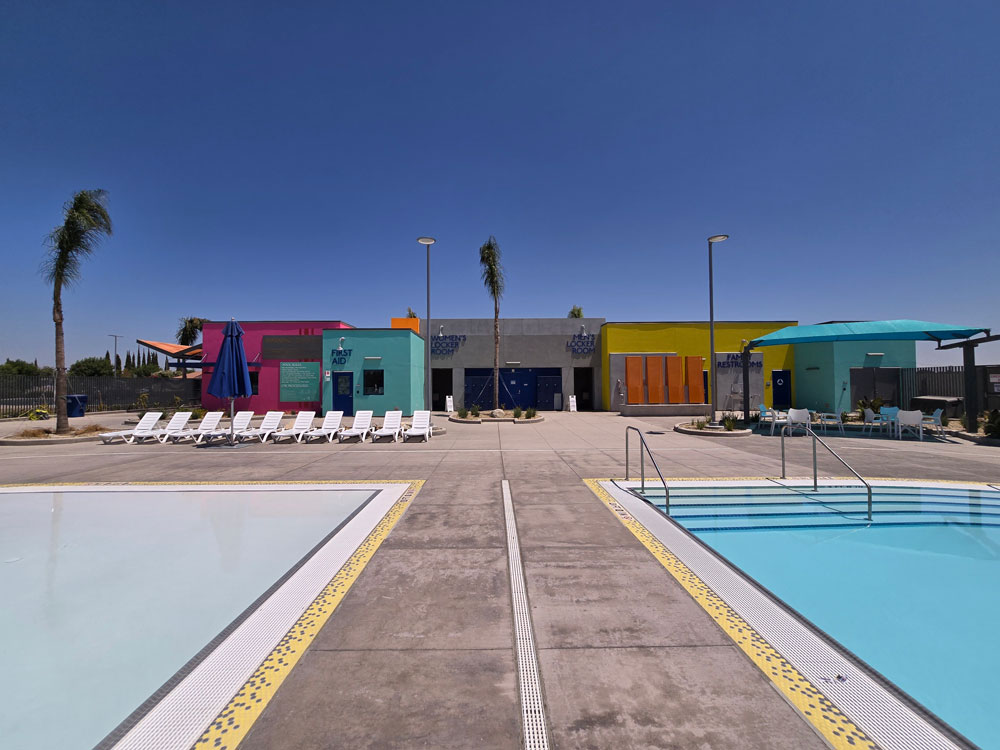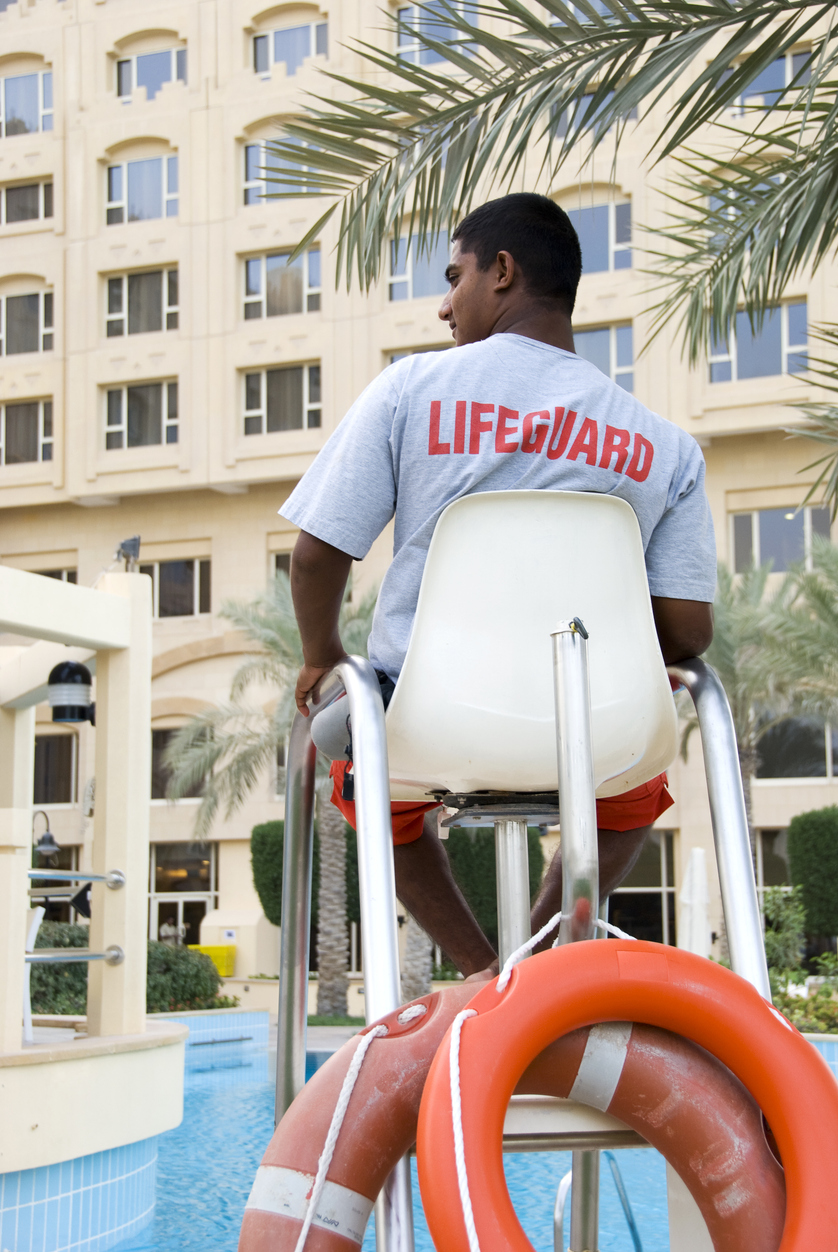Why "Just Being on Duty" Isn’t Enough
Drowning Prevention: Even with a lifeguard on duty, drownings can still occur—and fast. As leaders in pool safety, we must always be sharpening our focus. One proven way to understand how these tragic events happen is by reviewing the RID Factors—three reasons drownings occur even with lifeguards watching.
🛟. 🛟 🛟 🛟
At Swan Aquatics, we’re proud of our high standards, but we never get complacent.
Our lifeguards are Red Cross-certified and undergo ongoing monthly in-service training, performance evaluations, and recertifications to ensure skill retention and operational readiness. All lifeguards -- including our Lifeguards for Hire -- are certified in CPR, First Aid, and Lifeguarding, ensuring top-notch safety standards.
🛟. 🛟 🛟 🛟
The RID Factors:
👁 R = Recognition Failure
Drowning doesn’t look like it does in the movies—there’s no flailing or shouting. It’s quiet, fast, and often invisible. A child can slip under in under 20 seconds, and if we miss that brief surface struggle, they may already be on the bottom before we realize. Train your eyes to spot the subtle signs, like a swimmer who’s vertical and not moving, or someone bobbing silently.
⚠️ I = Intrusion of Duties
Your number one drowning prevention job is to scan the water—always. Tasks like talking to patrons, adjusting pool chemicals, or handling equipment—even for a moment—can create deadly blind spots. If your focus is pulled away, even briefly, a swimmer in trouble may go unnoticed.
💭 D = Distraction
Fatigue, daydreaming, side conversations, or checking a phone—these are common distractions, but for lifeguards, they’re dangerous. Remember: You can be looking at someone and still not see they’re in distress. Stay mentally locked in. Rotate positions. Rest your eyes between shifts. Recommit to true vigilance.
🔍 Extra Risk: Blind Spots & Water Conditions
Sun glare, surface turbulence, or dark pool bottoms can make it hard to spot someone underwater—even from a short distance. Research shows that if the victim sinks, they may only be visible within 2 meters, especially in crowded or unclear water. That’s why active, systematic scanning is everything.
👊 Swan Tip: Be a Preventer, Not a Responder
Every rescue starts before the incident—by staying sharp. At Swan Aquatics, we’re proud of our high standards, but we never get complacent about drowning prevention. Let’s use this RID refresher to keep ourselves accountable—and keep every swimmer safe.

🧠 Challenge for this month:
Practice your 10/20 scanning rule. Every 10 seconds, scan your entire zone. Be able to respond to any swimmer in trouble within 20 seconds.
Stay safe, stay alert,
Learn more about Swan Aquatics:
Aquatic Facility Operations and Management
Red Cross Certification Courses
Adult and Pediatric First Aid/CPR/AED Classes














